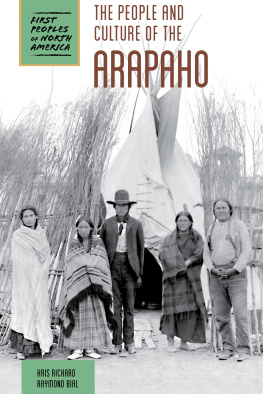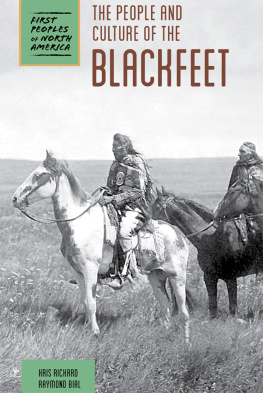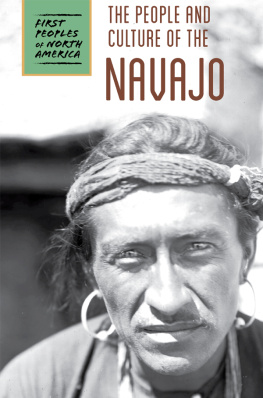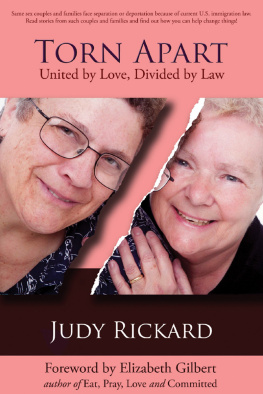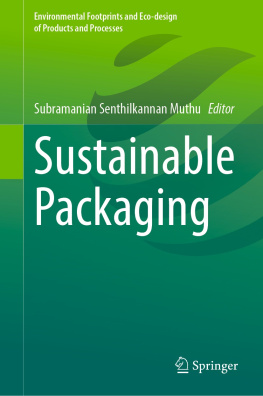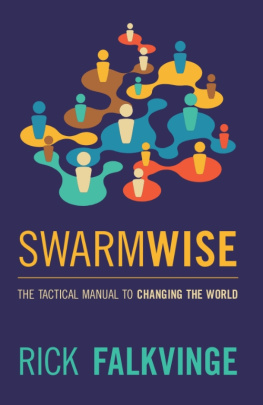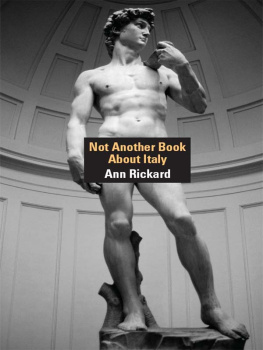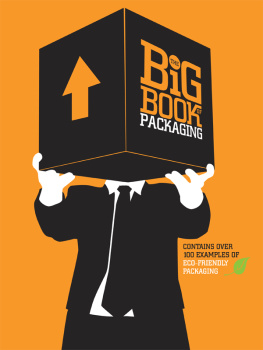Packaging the Past?
Public Histories
Edited by
John Rickard and Peter Spearritt
MELBOURNE UNIVERSITY PRESS
AUSTRALIAN HISTORICAL STUDIES
1991
First published in 1991
Typeset by Solo Typesetting, South Australia
Printed by Impact Printing, Brunswick for Melbourne
University Press and Australian Historical Studies
Editorial assistant: Katie Spearritt
This book is a special issue of Australian Historical Studies
Volume 24, Number 96, April 1991
This book is copyright. The 1991 copyright rests with the individual authors of the works published in this book. Apart from any fair dealing permitted according to the provisions of the Copyright Act reproduction by any process of any parts of any work may not be undertaken without written permission from the individual author. Enquiries should be directed to Melbourne University Press, 268 Drummond Street, Carlton, 3053 or the Editor, Australian Historical Studies , History Department, Monash University, Clayton, Victoria 3168, Australia.
ISBN 0 522 84458 8
ISSN 1031-461X
Frontispiece
Heritage stripped of context, packaged for public consumption: Melbournes shot tower already on its way to being encased in a shopping centre atrium. A world first. (Photograph by Stamatis Zagadakis, 1990.)
Half title illustration
Launceston, 1941: Tamar Street and Esplanade looking south from Victoria Bridge. Hardly an architecturally pleasing streetscape, yet historically evocative, with pub and small corner service station in the foreground, the inevitable telegraph poles, one motor car and not a tree in sight. (D.G. Wherrett, photographer, picture courtesy of Queen Victoria Museum and Art Gallery, Launceston.)
National Library of Australia Cataloguing-in-Publication entry
Packaging the pastpublic histories
Includes index
ISBN 0 522 84458 8
1. Historiography. 2. Public history. I. Rickard,
John, 1935- . II Spearritt, Peter, 1949-
907.2
CONTENTS
Public history |
Heritage |
Museums and material culture |
Teaching, writing and consulting |
Exhibition reviews |
Kay Daniels | The Australian War Memorial |
Tom Stannage | The Western Australian Museum |
Geoffrey Bolton | The Stockmans Hall of Fame |
Book reviews
A Heritage Handbook . Edited by Graeme Davison and Chris McConville for the Monash Public History Group CAROL LISTON
Australians at Home: A Documentary History of Australian Interiors from 1788 to 1914. By Terence Lane and Jessie Serle JOAN KERR
The Missing Chapters: Womens Staff at the University of Western Australia 19631987. By Patricia Crawford and Myrna Tonkinson
Campus in the Community: The University of Western Australia, 19631987. Edited by B.K. deGaris
Poor Mans University: 75 Years of Technical Education in Footscray. By Caroline Rasmussen AILSA THOMSON ZAINUDDIN
Learning and Other Things: Sources for a History of Education in South Australia. By Bernard Hyams, Lynne Trethewey, Brian Condon, Malcolm Vick, Denis Grundy
With its Hat about its Ears: Recollections of the Bush School. By Hank Nelson PAVLA MILLER
Sovereign Remedies: A History of Ballarat Base Hospital 1856 to 1986. By Anthea Hyslop PHILLIPA MEIN SMITH
Servant and Master: Building and Running the Grand Houses of Sydney, 17881850. By Barry Dyster PAULA HAMILTON
Significant Sites: History and Public Works in New South Wales. Edited by Lenore Coltheart
Brisbane: The First 30 Years. By W. Ross Johnson
Fitzroy: Melbournes First Suburb. By Cutten History Committee of the Fitzroy Historical Society ANDREW MAY
Australian Studies: A Survey. Edited by James Walter D.J. OHEARN
Sir Joseph Banks, 17431820. By Harold B. Carter
The French Reconnaissance: Baudin in Australia 18011803. By Frank Horner J.M.R. CAMERON
Natures Pilgrim: The Life and Journeys of Captain S.A. White, Naturalist, Author and Conservationist. By Rob Linn DAVID CARMENT
Britains Convicts to the Colonies. By Wilfred Oldham
The Secret History of the Convict Colony: Alexandro Malaspinas Report on the British Settlement of New South Wales. By Robert J. King
The Crimes of the Lady Juliana Convicts1790. By John Cobley BABETTE SMITH
Convicts Unbound: The Story of the Calcutta Convicts and their Settlement in Australia. By Marjorie Tipping PETER CHAPMAN
The Making of the Aborigines. By Bain Attwood JEREMY BECKETT
Policing the Colonial Frontier: The Theory and Practice of Coercive Social and Racial Control in New Zealand, 17671867. By Richard S. Hill
The Colonial Frontier Tamed: New Zealand Policing in Transition. By Richard S. Hill MARIE HANSEN FELS
Return to Tahiti: Blighs Second Breadfruit Voyage. By Douglas GREG DENING
The Poets Discovery: Nineteenth Century Australia in Verse. Edited by Richard D. Jordan and Peter Pierce DAVID GOODMAN
The Bureaucrats Domain: Space and Public Interest in Victoria, 183684. By R. Wright TOM GRIFFITHS
James Smith: The Making of a Colonial Culture. By Lurline Stuart
James Edward Nield: Victorian Virtuoso. By Harold Love JIM DAVIDSON
Front cover
The retort bank at the shale oil mine at Glen Davis, New South Wales. Production of crude oil began in January 1940 and ceased in 1952, since when the site has been abandoned. Situated on the Capertee River at the foot of the Great Dividing Range, this industrial site, hardly wanted for development, can afford to be a picturesque ruin.
INTRODUCTION
JOHN RICKARD
Last year Australian Historical Studies celebrated its first fifty years. Launching itself with just a hint of defiance in the unstable climate of 1940, the journal did not see itself as academic in a narrow sense, and indeed offered itself to the general reader of history as much as the specialist student. But with the postwar expansion of universities and the multiplying of jobs, the journal more explicitly identified itself with the world of academic historians. Historical Studies , as it was then called, prospered along with the profession, but soon found itself competing with an increasing range of specialist journals. For as the concerns of historical research became more complex, and as methodologies flowered, specialisation seemed to be the name of the game. The old days of ANZAAS Section 26 gave way to the cancer-like growth of conferences and seminars. More recently the apparent fragmentation of the profession has begun to be a matter for some concern.
In this context Public Historythe capitals seem to be a necessary part of its self-imageis interestingly ambivalent. In one sense it is a new specialism, with its staked out territory which includes heritage and museums. Yet its very name, Public History, announces its integrative function. Putting to one side the conundrum of what might constitute its implied opposite, Private History, Public History, in its concern with the presentation of history to a wider public, raises questions about the relationship between the history historians write for themselves (which with its in-house character might almost be considered private) and the history they should write for others. It also serves to question our understanding of what constitutes the profession itself. For many years while others may have written history, the historian as such has been safely domiciled in the academy. Now government departments and museums advertise for historians, and free-lance consultants have the temerity to regard themselves as professional historians in a sense that they would not consider academics to be.






